In our blog post, we present a comprehensive compilation of the highlights of the exhibition “Digital && Life”, which can be explored from 9th to 12th of September, after projects such as “Taste your Soil” or “Vibrations” have already been presented. The artworks in the themed exhibition demonstrate the connection that technologies develop with living beings. From the smallest organisms to the methods used to study our bodies. The journey through the selected works also shows how technology connects us to our environment. From recreating seawater from human tears, to immersing ourselves in other habitats through an AI-controlled soundscape, to predicting the future through technology. Last but not least, another challenge is to regain control over seemingly overpowering economic entities. In the end, everything revolves around the core question: What will our lives look like in the future, not only with but also through our technology?
Many of the projects presented in the Theme Exhibition were developed during several residencies at the European ARTificial Intelligence Lab1. The selection also includes winning projects of the STARTS Prize2 and the Prix Ars Electronica as well as works created in collaboration with Deutsche Telekom and the Johannes Kepler University Linz.
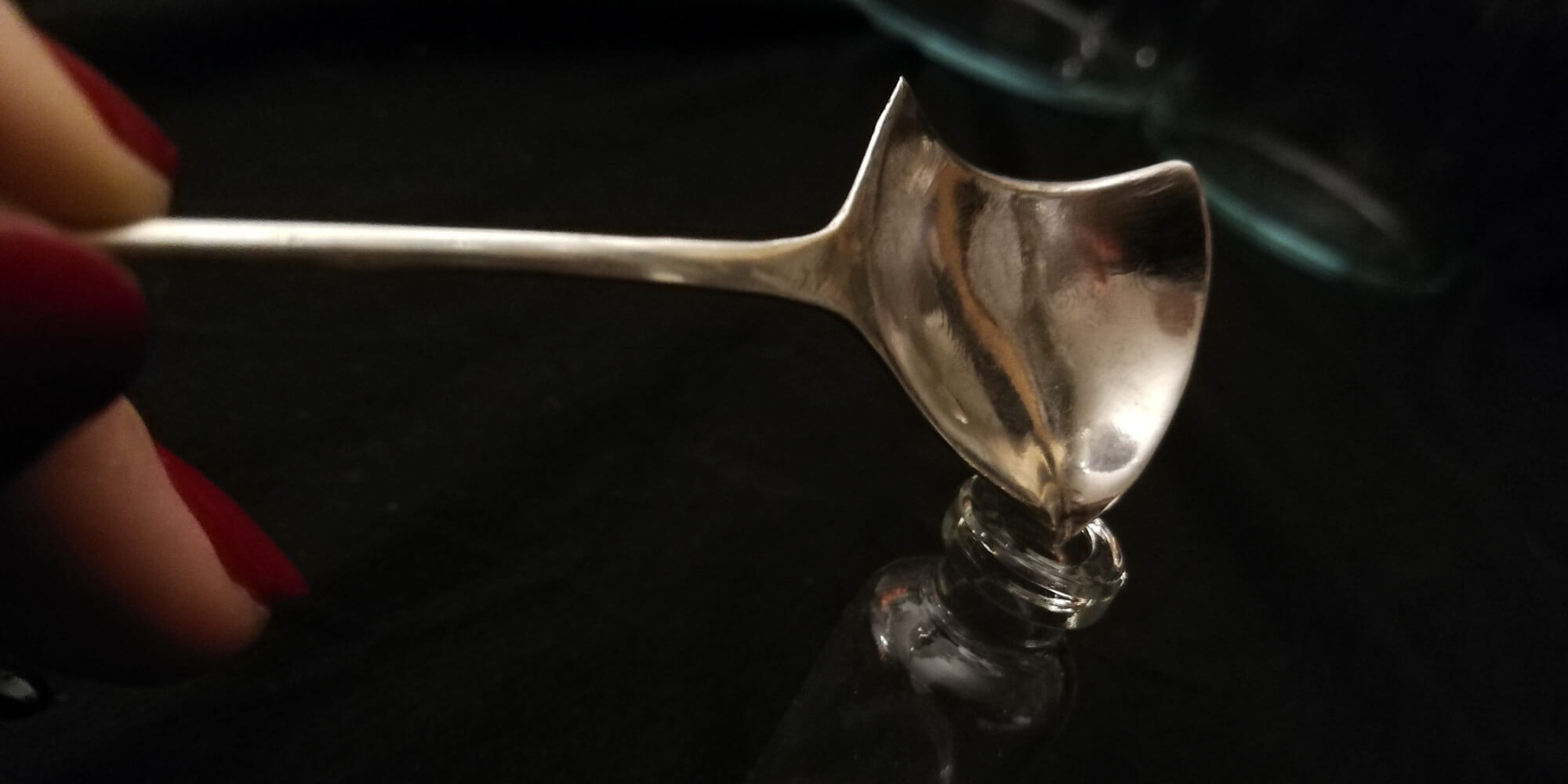
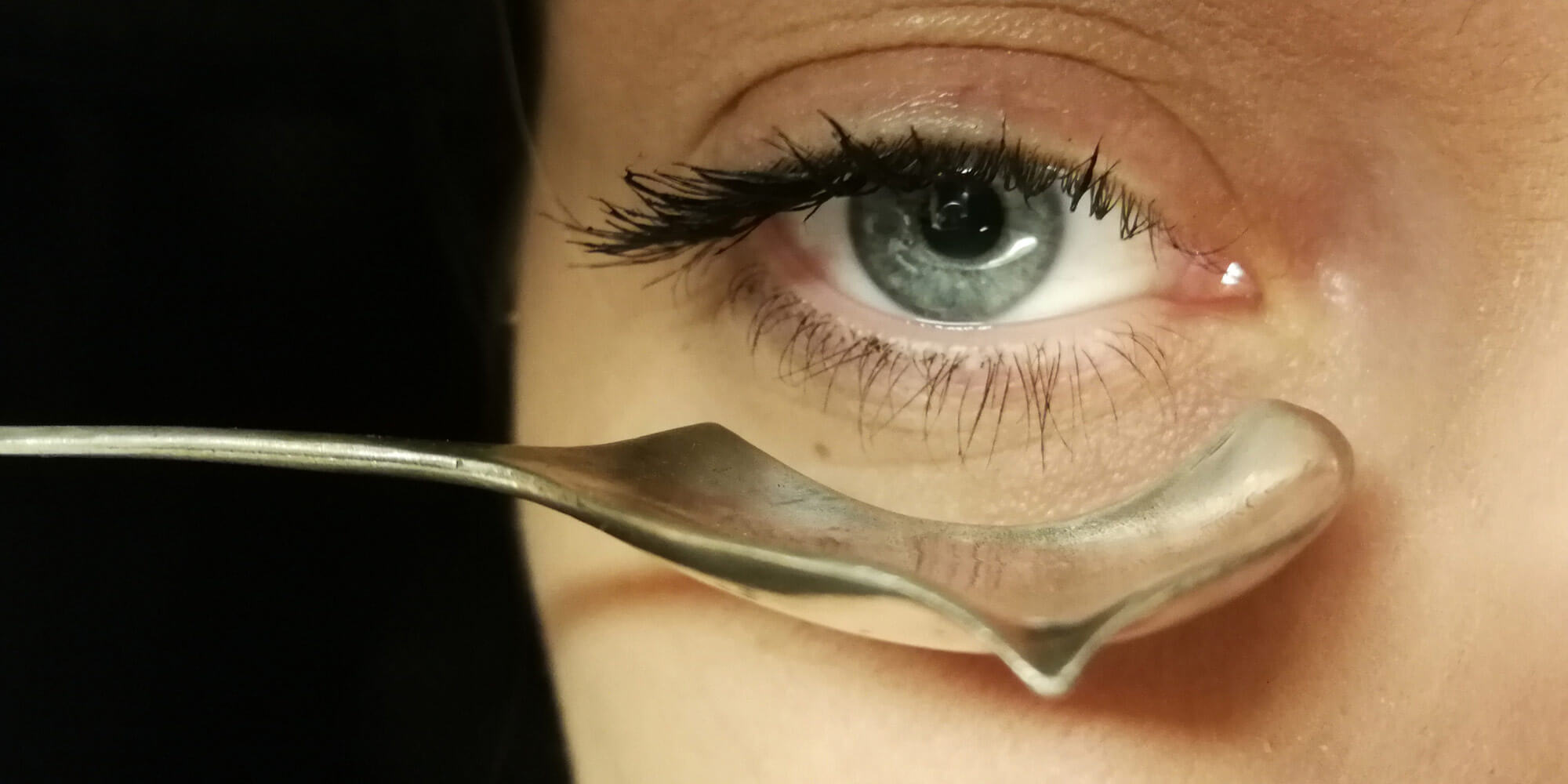
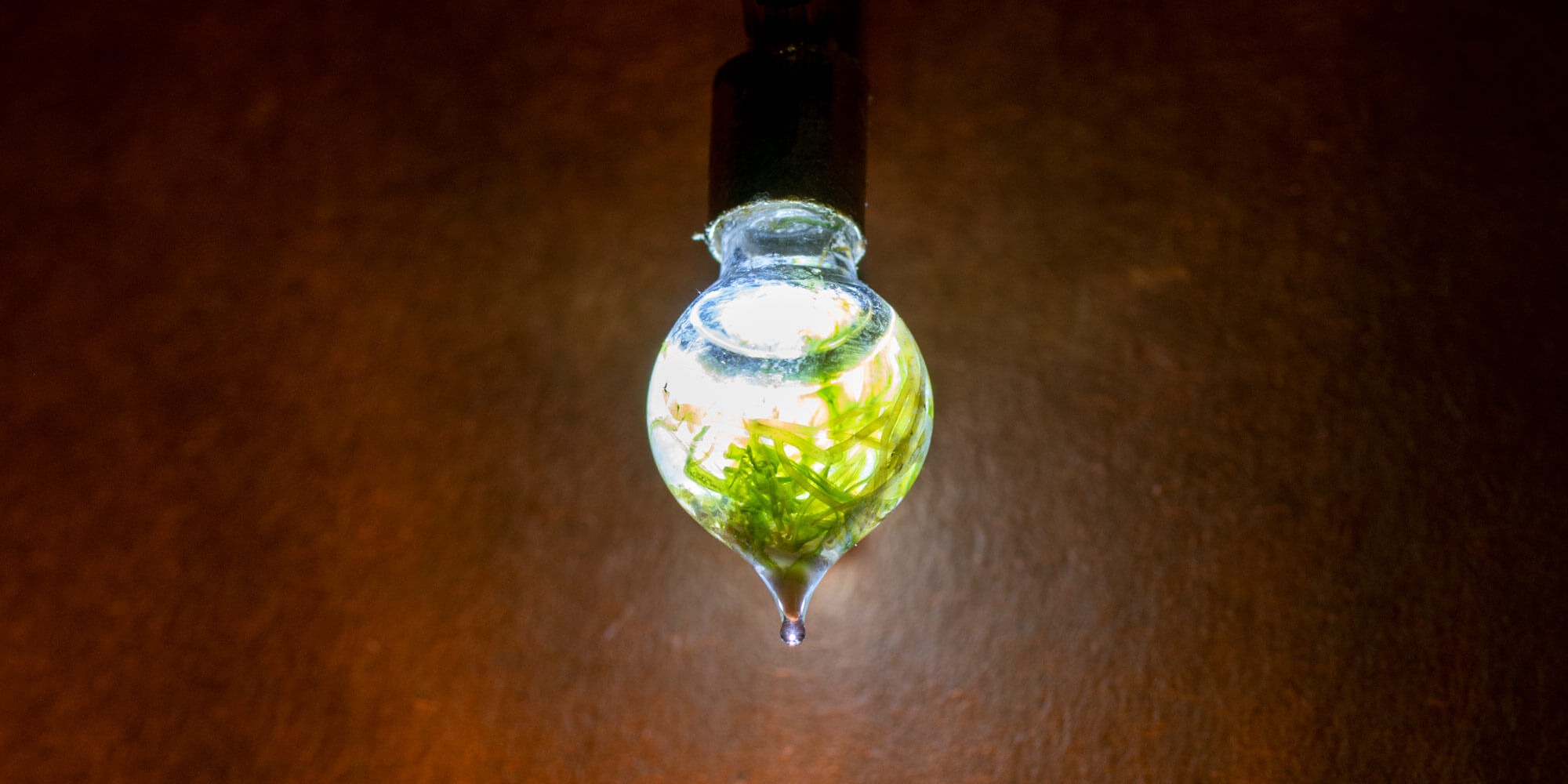
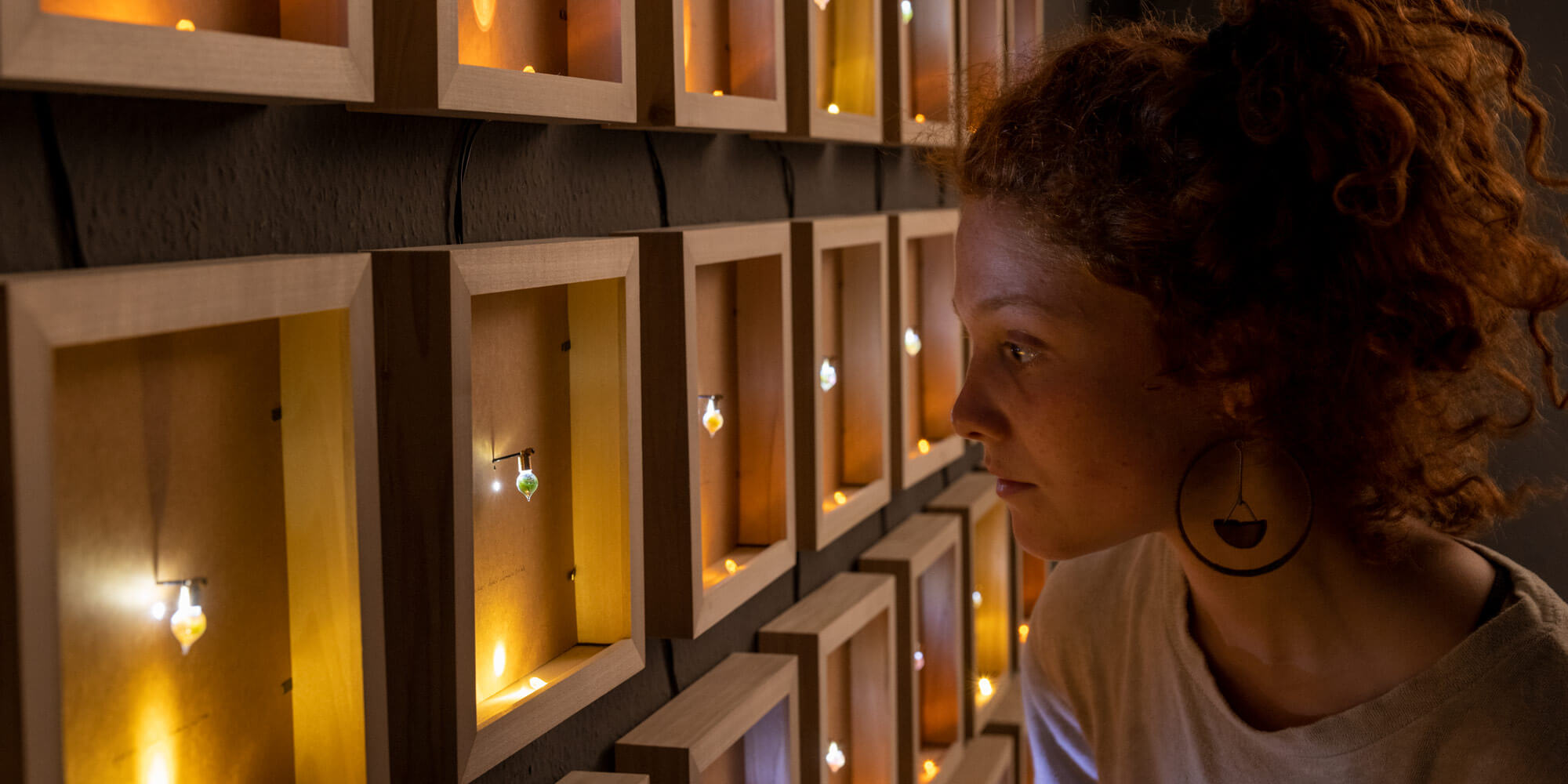
“How to make an ocean” by Kasia Molga (UK/PL)
Kasia Molga already announced her new project “How to make an ocean” to us in an interview last year. After experiencing a devastating loss in autumn 2019, grief kept catching up with her. Crying frequently gave her the idea to use her tears for a meaningful experiment and experience self-healing in the process. The journey the artist invites us on helps us to understand and embrace the act of grief. At the same time, a creative attempt is made to find a connection between the human body and emotions in the form of tears with their chemical composition as possible components of the marine ecosystem. The tears were filled by the artist in about 30 small vials with samples of the Northern Sea. These small ecosystems have been framed, illuminated and labelled with the exact date and reason for the tear (such as “sorrow” or “fear”) and can be viewed by the visitor. In a separate room, people are invited to add their own tear to the collection of mini-oceans. This is done through videos designed to evoke tears. The question Kasia Molga pursues with her project is all the more comforting for that: can we consider tears cried for the end of something as a positive and life-affirming creation of a new mini-ocean?
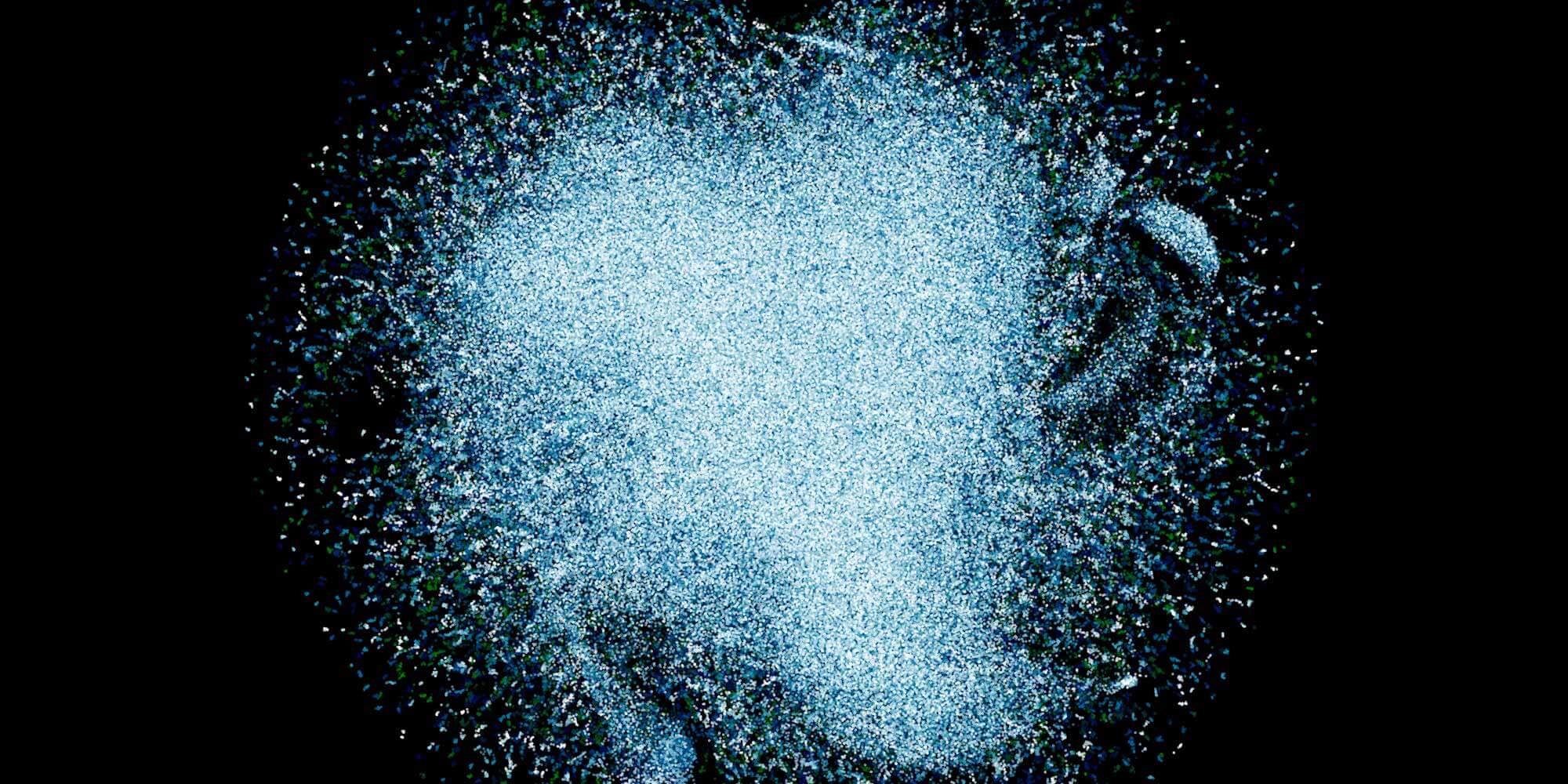

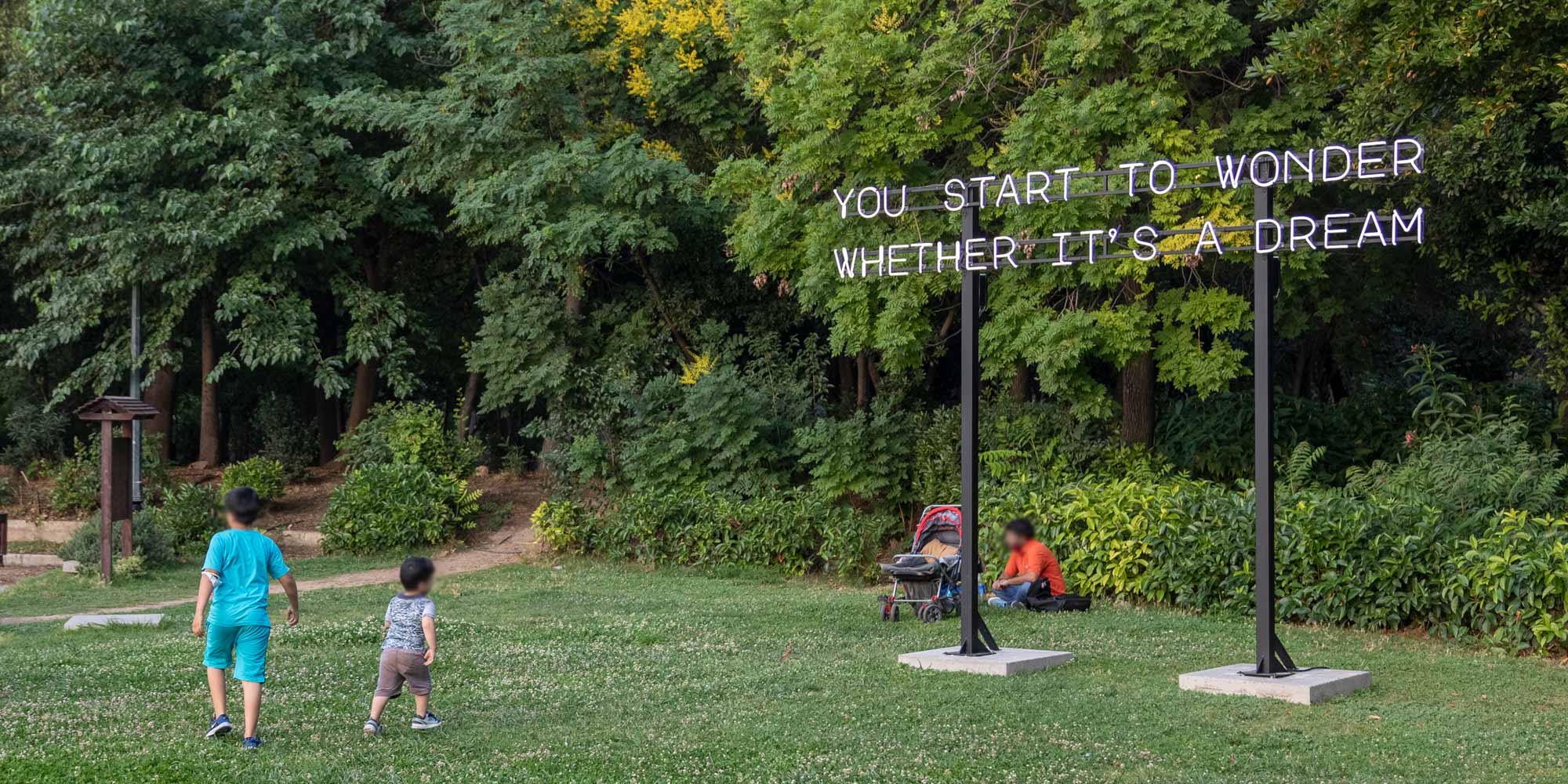

“The Wandering Mind” by Gershon Dublon (US), Xin Liu (CN)
The Wandering Mind project by Gershon Dublon and Xin Liu offers a good night’s sleep or creative inspiration for meditation and introspection. The AI-controlled performance platform breathes life into our dreams with the sounds of our world. The system samples and recomposes sound fragments from tens of thousands of global field recordings found online. The results are intricate sonic journeys that can be explored in curated performances, group sleep sessions and guided mind-wanderings. In micro-sampled sound baths, visitors travel through parks and public spaces around the world, honouring these habitats. Especially in times of pandemic, a mental excursion into other spheres can be refreshing and trigger beneficial effects. The project leaders are responding to the past year, in which calls to stay at home have torn apart old social structures and mass uprisings have constituted new ones, and in which digital and physical public space has played a central and transformative role. Through “The Wandering Mind”, the temporary shelters, sparse refuges and fresh air as well as mass uprisings are honoured. The developers invite us to affirm public space and all who inhabit it by drifting off to sleep wherever we are.
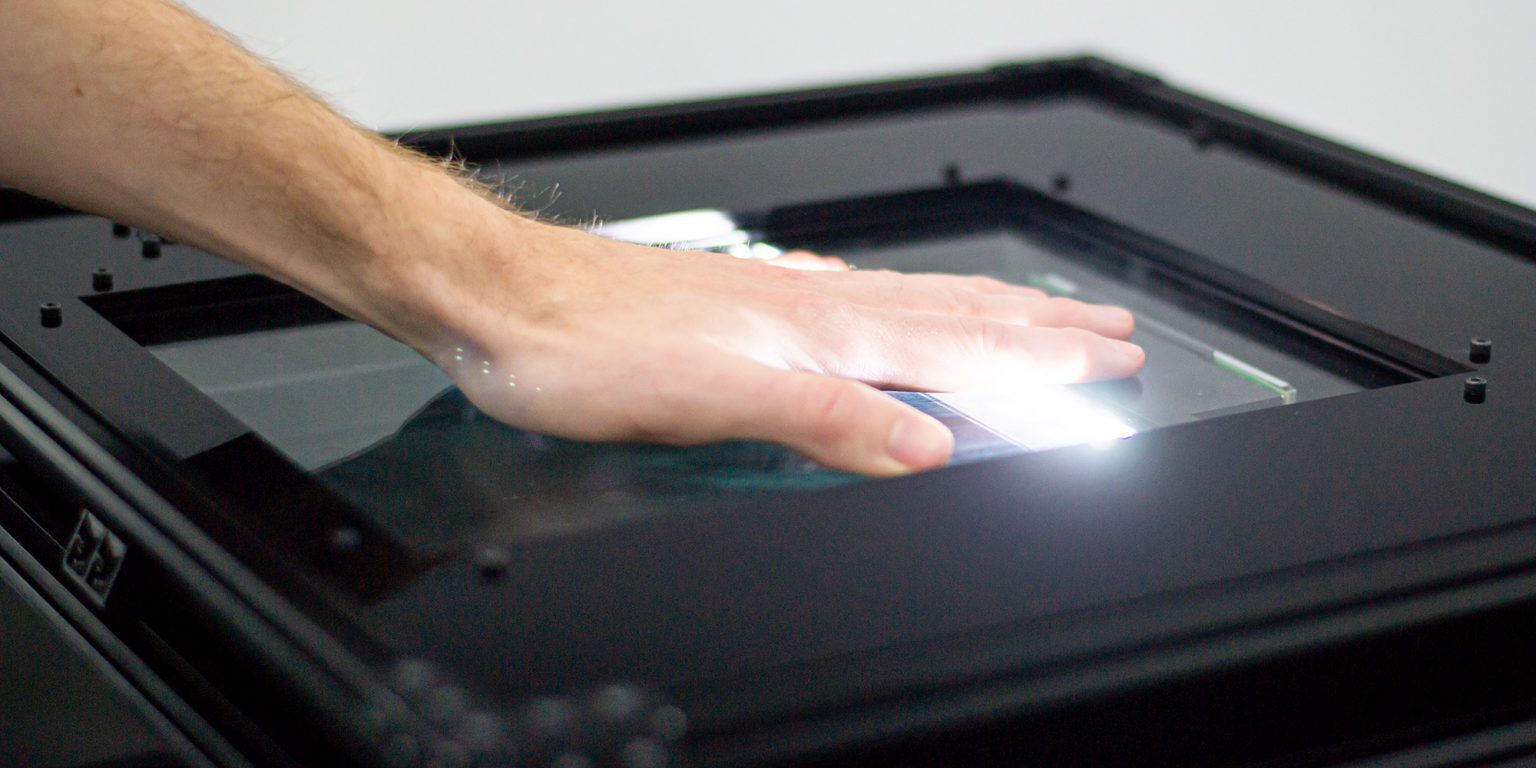
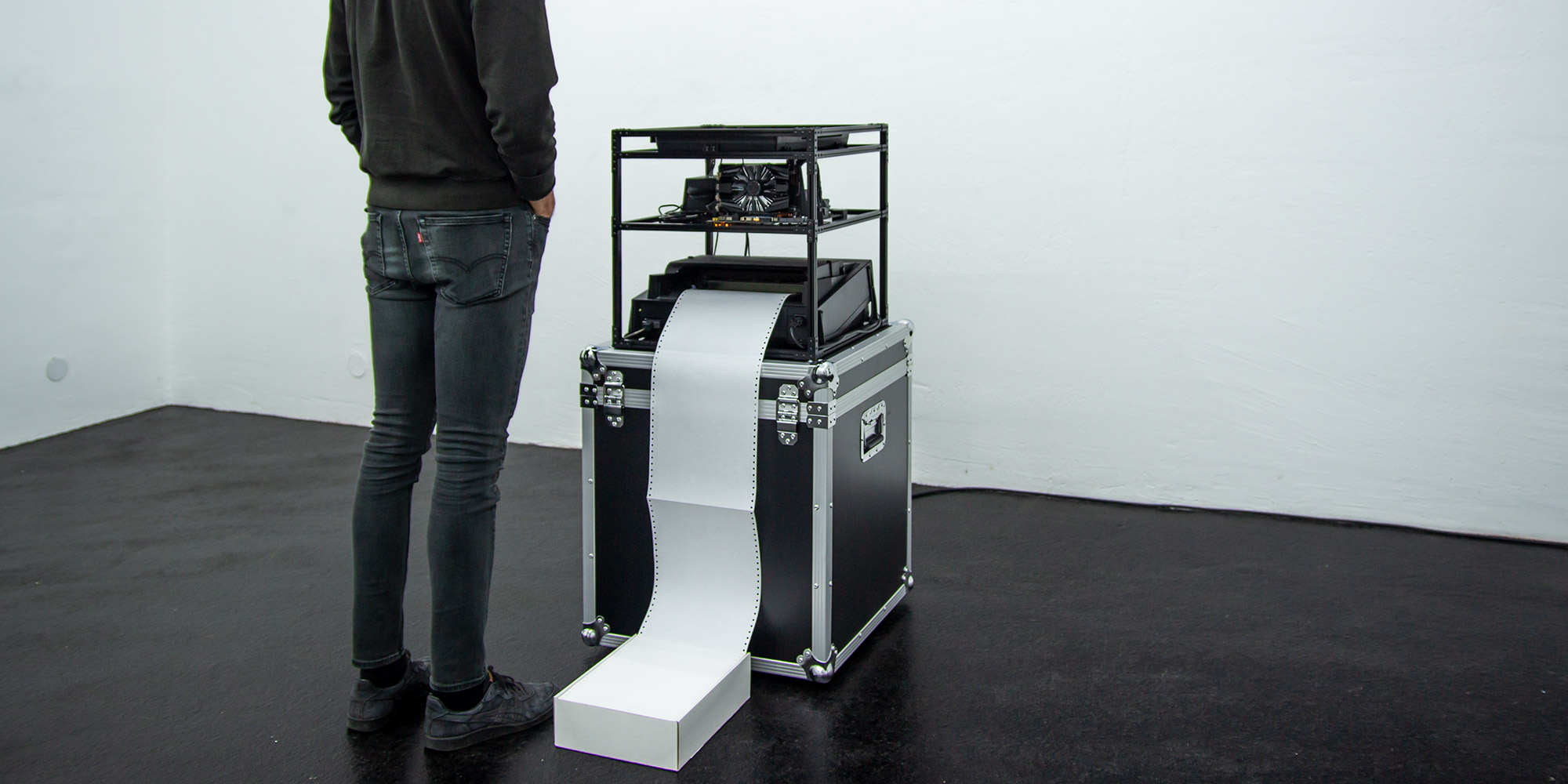

“The Chiromancer” by Matthias Pitscher (DE), Giacomo Piazzi (IT)
“Prediction” is the big theme in the project by Matthias Pitscher and Giacomo Piazzi. At first glance, “The Chiromancer” is a computer connected to a scanner and a printer. Behind the simple appearance, however, is a handling artificial intelligence that makes a prognosis or a prediction about the user’s life. This machine sees itself as an upgrade of the usual hand reading technique. The user only needs to place his hand on the glass panel and the computer generates a visual map. At the same time, the text generator makes use of texts from the internet, which are in the niche of palm reading practices and horoscopes. Like many other devices, this one stores, collects and extrapolates data from each user to give an answer that can be interpreted in many ways. In a world full of devices that have become better and better at anticipating our needs and giving us answers, it is even more important not to forget to ask ourselves what we are revealing and what we are internalising in every interaction. The artistic aspect of the project thus explores the question of how trust, hopes and even desires are packed into seemingly cold machines. On the developers’ website, the “Chiromancer” introduces himself in an entertaining way.
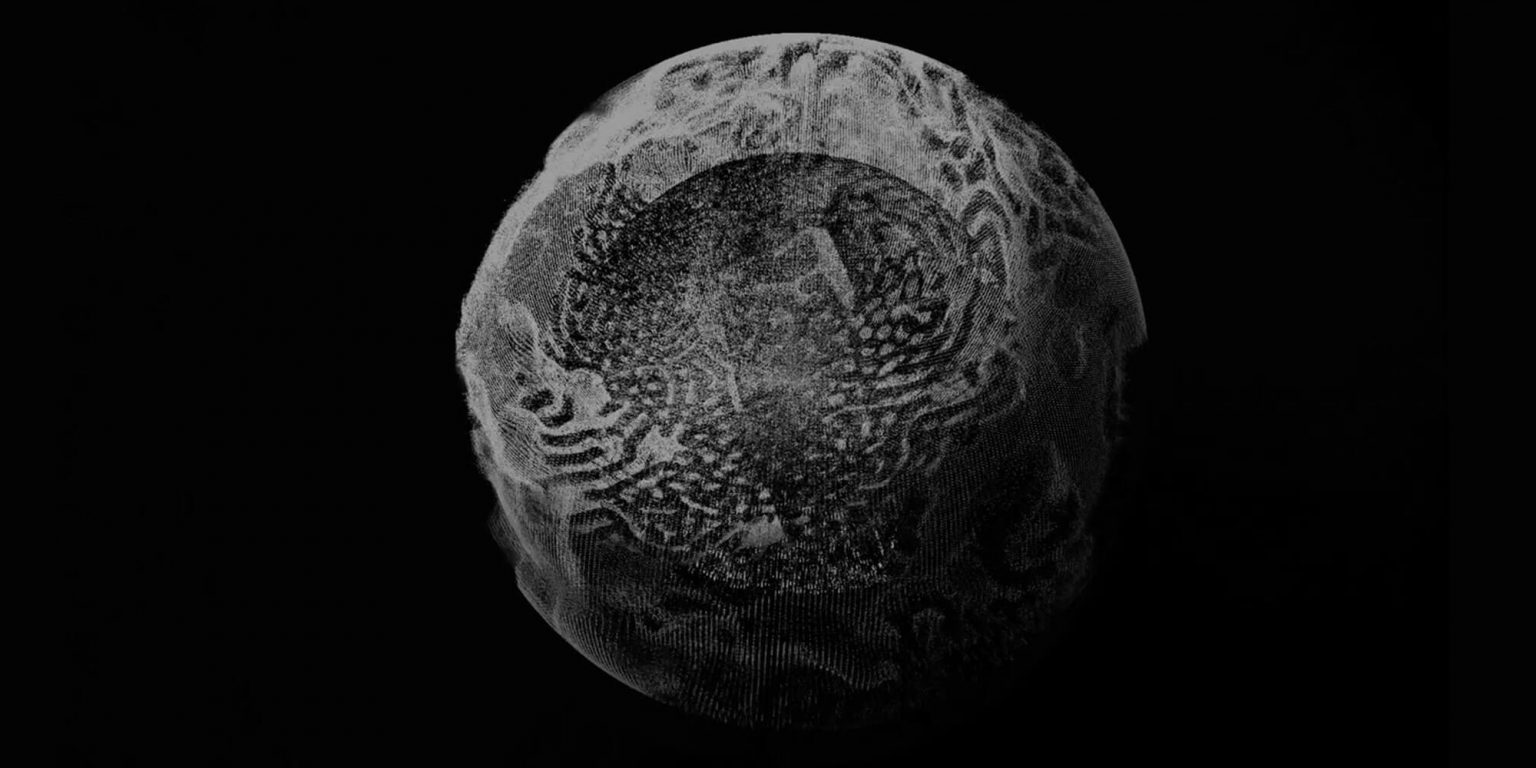
“Codex Virtualis” by Interspecifics (INT), AI Lab1
Within the Framework of the AI Lab1, international Artists had the chance to apply for residencies at major scientific institutions worldwide. One of those institutions is the City Institute. They hosted the indipendent artistic research group Interspecifics from Mexico City. Interspecifics are using sound and artificial intelligence to explore patterns from nature as universal form of communication. And they also develop research and educational tools that evolve around the use of both ancient technologies as well as cutting edge forms of production. The group built a systematic connection of AI generated Hybrid Organisms that are lifelike and self organized. These hybrid beings between artifical and bacterial life have the ability to evolve and could even provide real insights into how life itself might originate here on earth and in extra-terestrial habitats. They generated organisms which manifest both in the morphilogical forms as well in algorithmic forms.
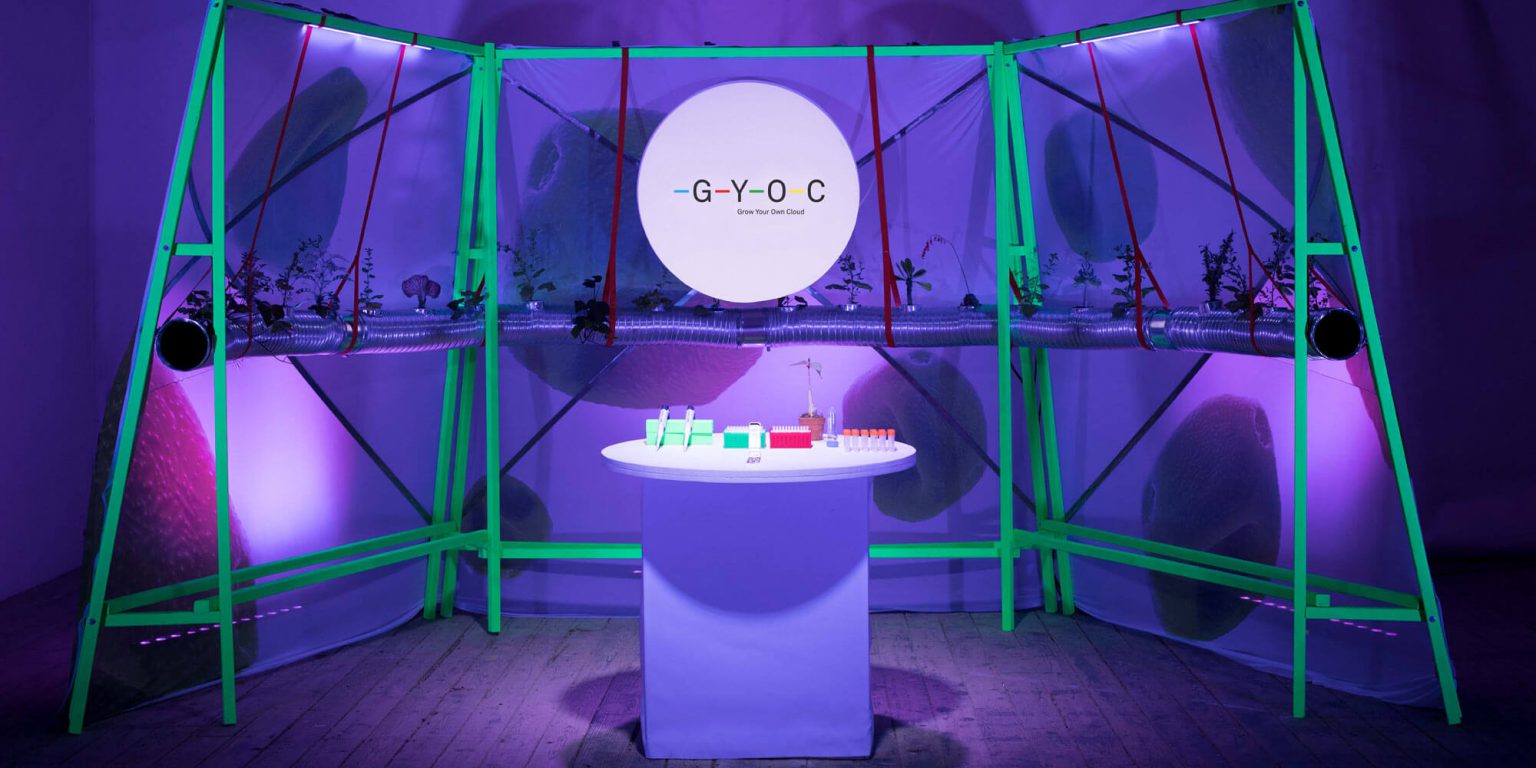
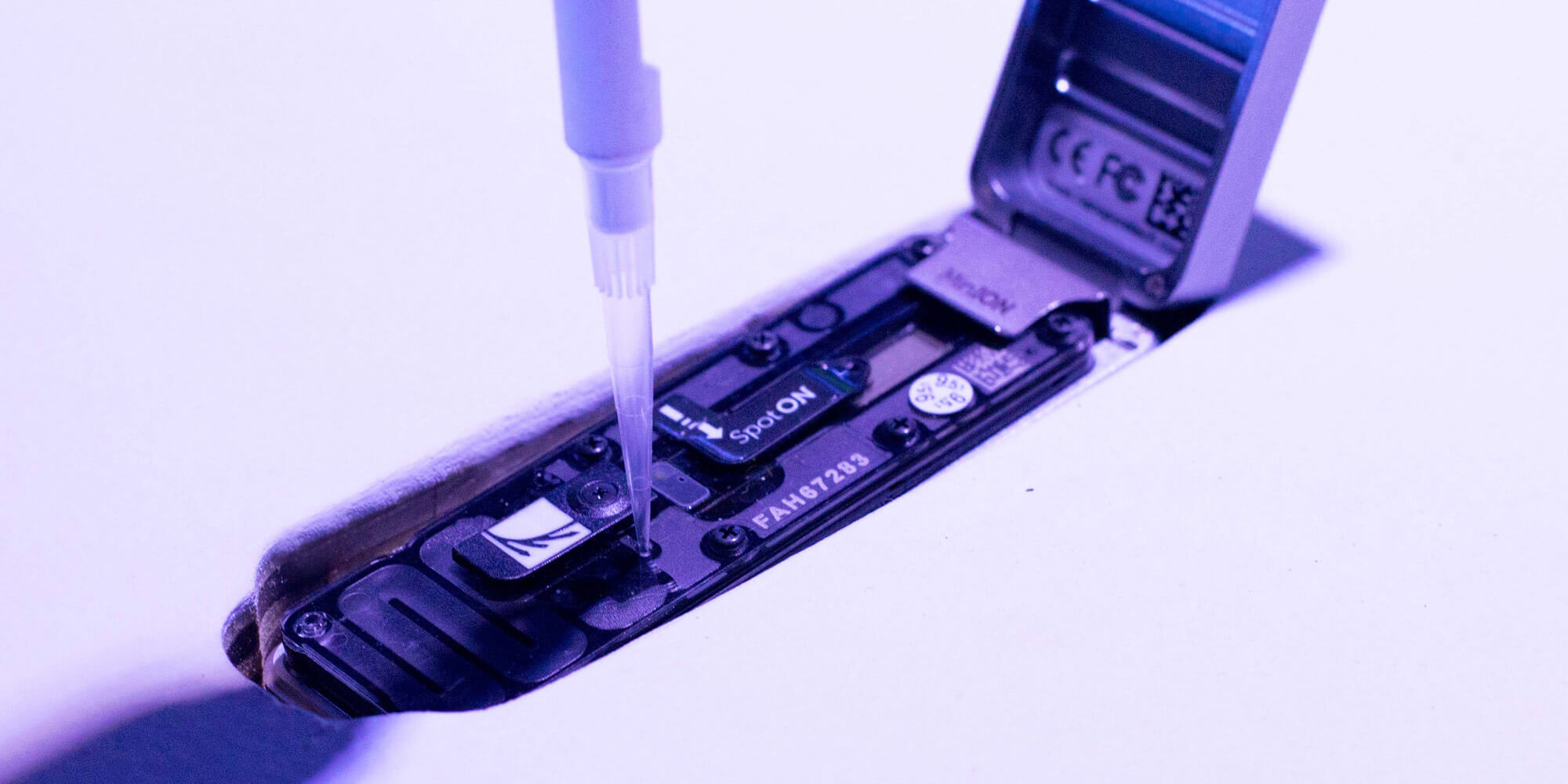
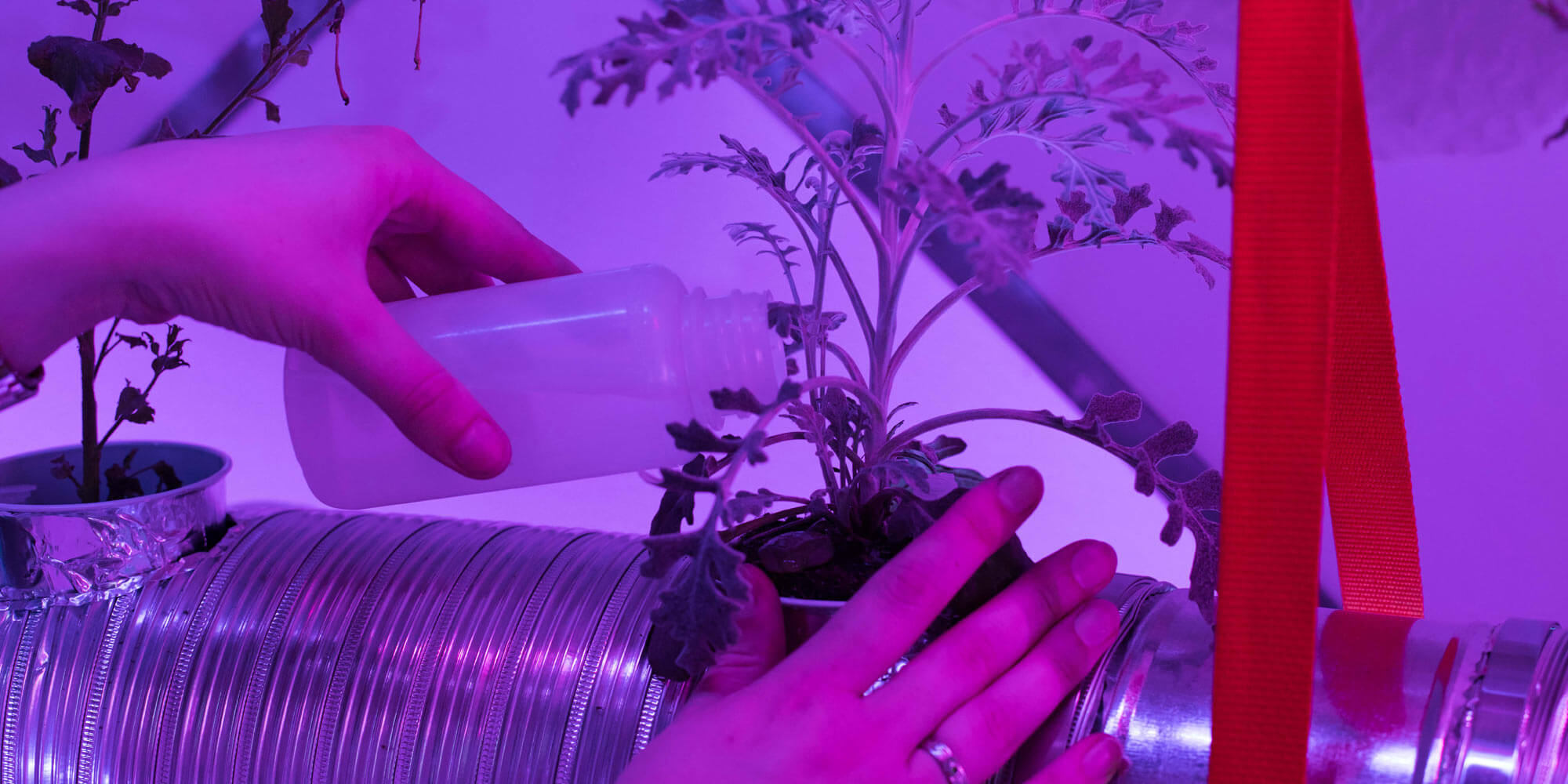
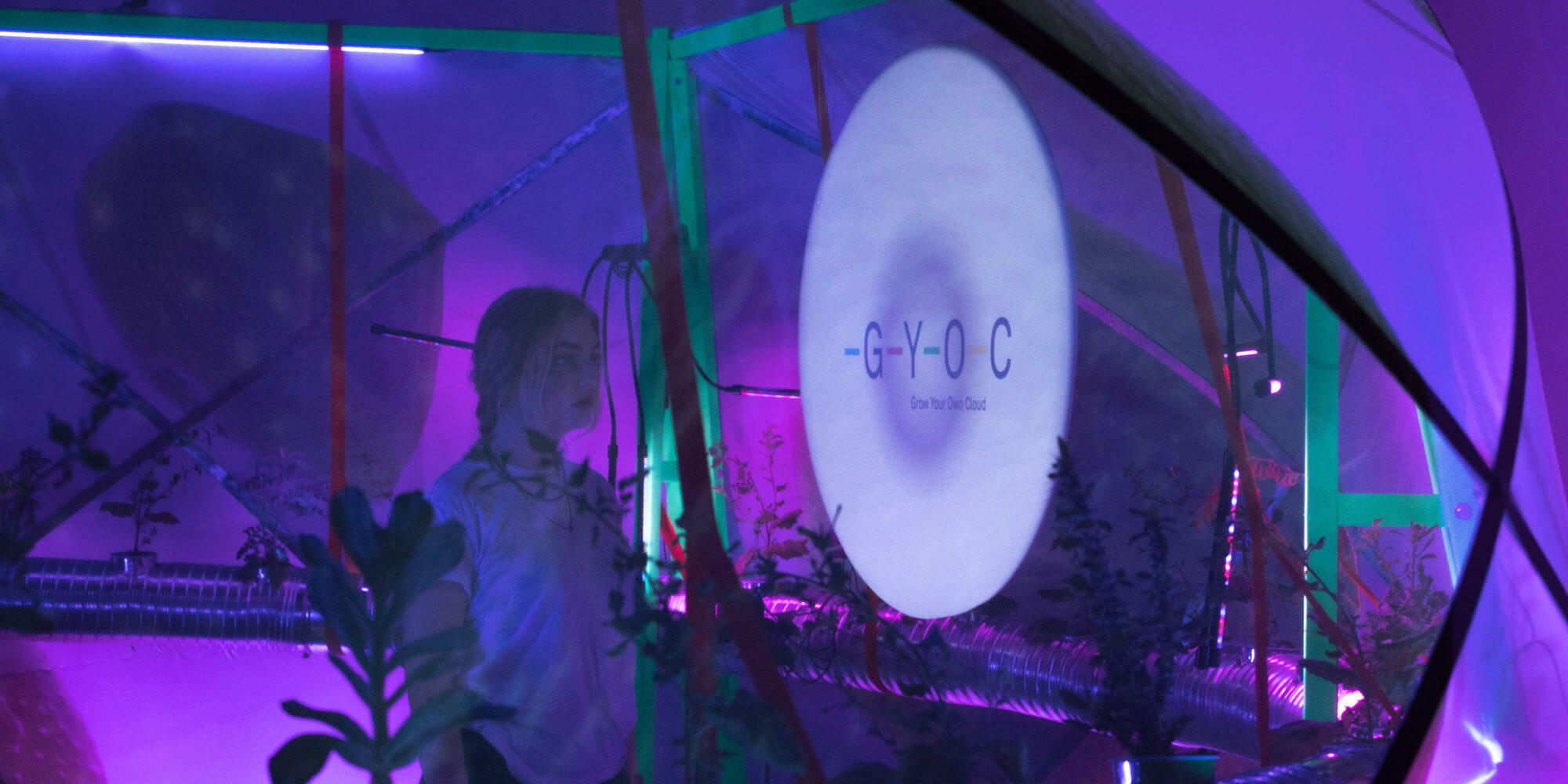
The Data Garden works with nature to respond to the threat of data warming and invites visitors to experience a new materiality around data. Most importantly, to explore a world where data storage is truly GREEN. The carbon negative data infrastructure does not use a carbon emitting cloud as a storage medium, but instead stores data in the DNA of plants, within organisms that generate their own energy. The project offers a vision of a world where design is a collaboration between living things, ecosystems and technology. It brings the public into contact with biotechnology as well as critical issues of ‘data warming’ (the term used to describe the link between carbon emissions and data storage), genetic modification and synthetic biology. The installation on display at the exhibition was developed by “Grow Your Own Cloud” and scientist Jeff Nivala. This organism-based type of data centre aims to inspire new models, apply the principles of working with nature to data and create regenerative data ecosystems.
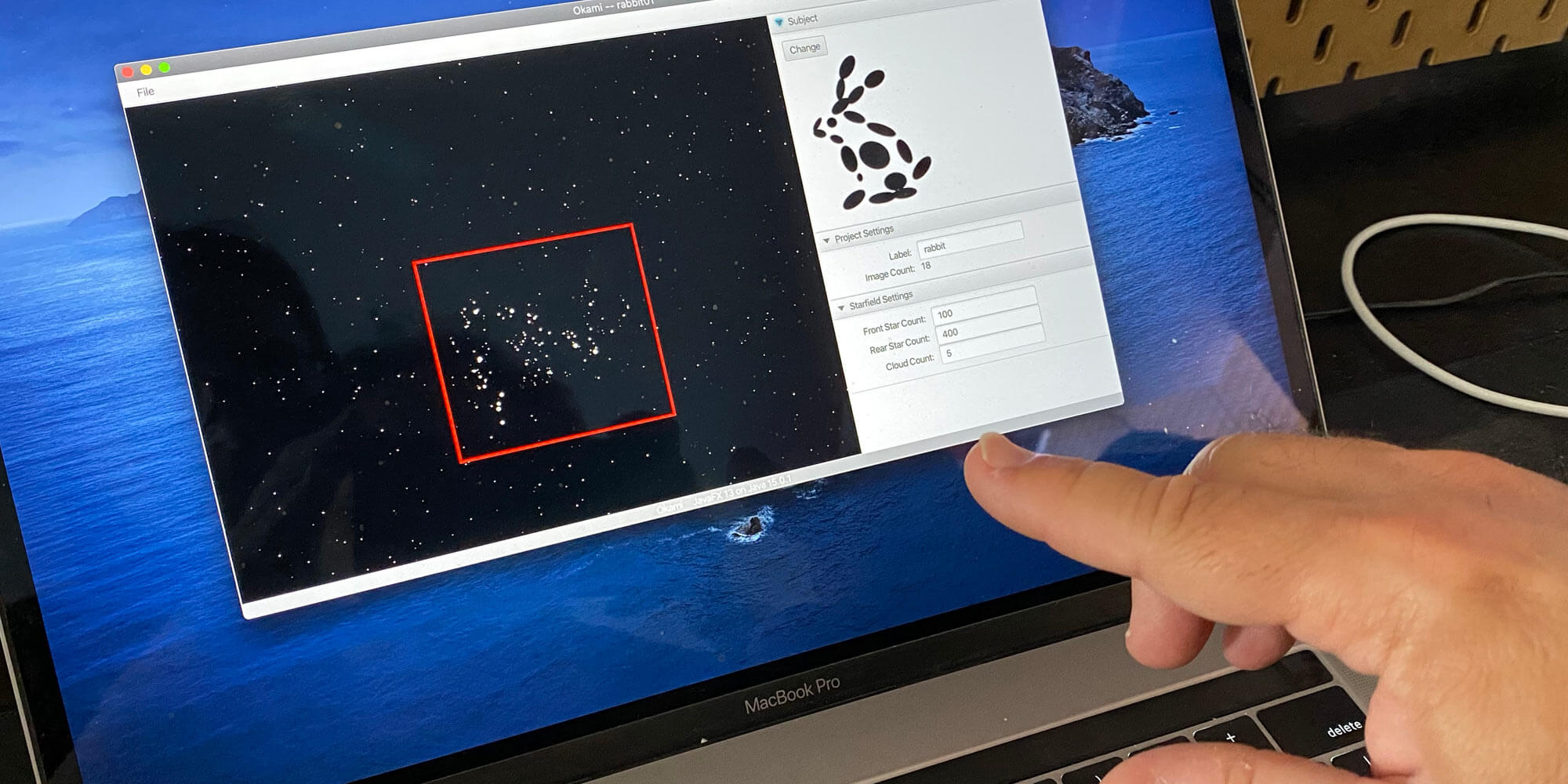
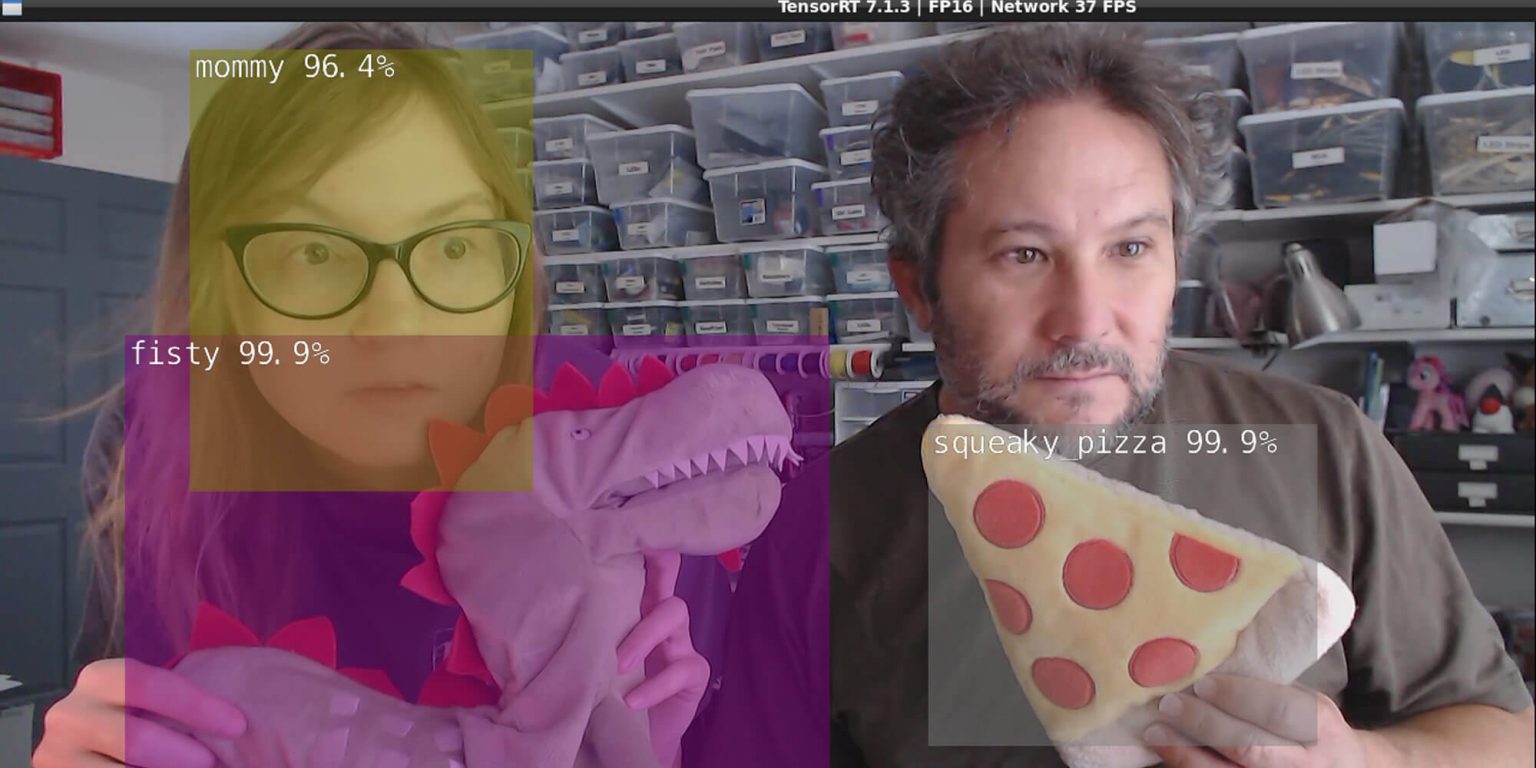
“Moon Rabbit” by Sarah Petkus (US) and Mark J. Koch (US)
Since time immemorial, we humans have looked up to the sky and wondered about the nature of our existence. And who knows – maybe one day we will even discuss this fundamental question with our digital descendants? If so, will they be able to help us discover answers in the patterns and data hidden in the starry sky? In a research and development phase lasting several months, Sarah Petkus and Mark J. Koch are trying to teach a series of artificial intelligences to recognise familiar shapes and objects in images of star clusters, planetary surfaces and other celestial bodies. “Moon Rabbit” will help create a team of humans and “AIs” focused on discovering meaning in the abstract. And who knows – maybe the AIs will even develop their own personalities and opinions one day.

“Demystify AI!” by LIT Robopsychology Lab (AT)
The project “Demystify AI” aims to free the topic of “artificial intelligence” from myths and misunderstandings and to increase AI competence for the general public, because too often this topic still stirs up diffuse fears due to ignorance. The LIT Robopsychology Lab therefore presents an interactive area consisting of several installations. In the “AI Forest”, for example, visitors find themselves in an indoor forest where lots of mushrooms are hiding. With the help of an AI-based identification app, visitors are asked to fill a digital basket. Everyone can see for themselves how well the app can explain why it classifies a certain mushroom as edible or poisonous. In “Serum 13 – A VR Trust Game”, players wear a VR headset and solve tricky tasks in a virtual biotech lab. Of course, an AI assistant is there to support them. But when do you trust the AI and when do you decide for yourself? The cooperation with decision-supporting algorithms is made tangible and stimulates the dialogue about human autonomy. Last but not least, the multimedia installation “Faces of AI” presents fascinating results of a large-scale image analysis by the LIT Robopsychology Lab and addresses the following questions: How is AI visualised in public? How many brains, robots or humans appear in which colours? And how close to reality did the AI students at JKU assess typical media images?
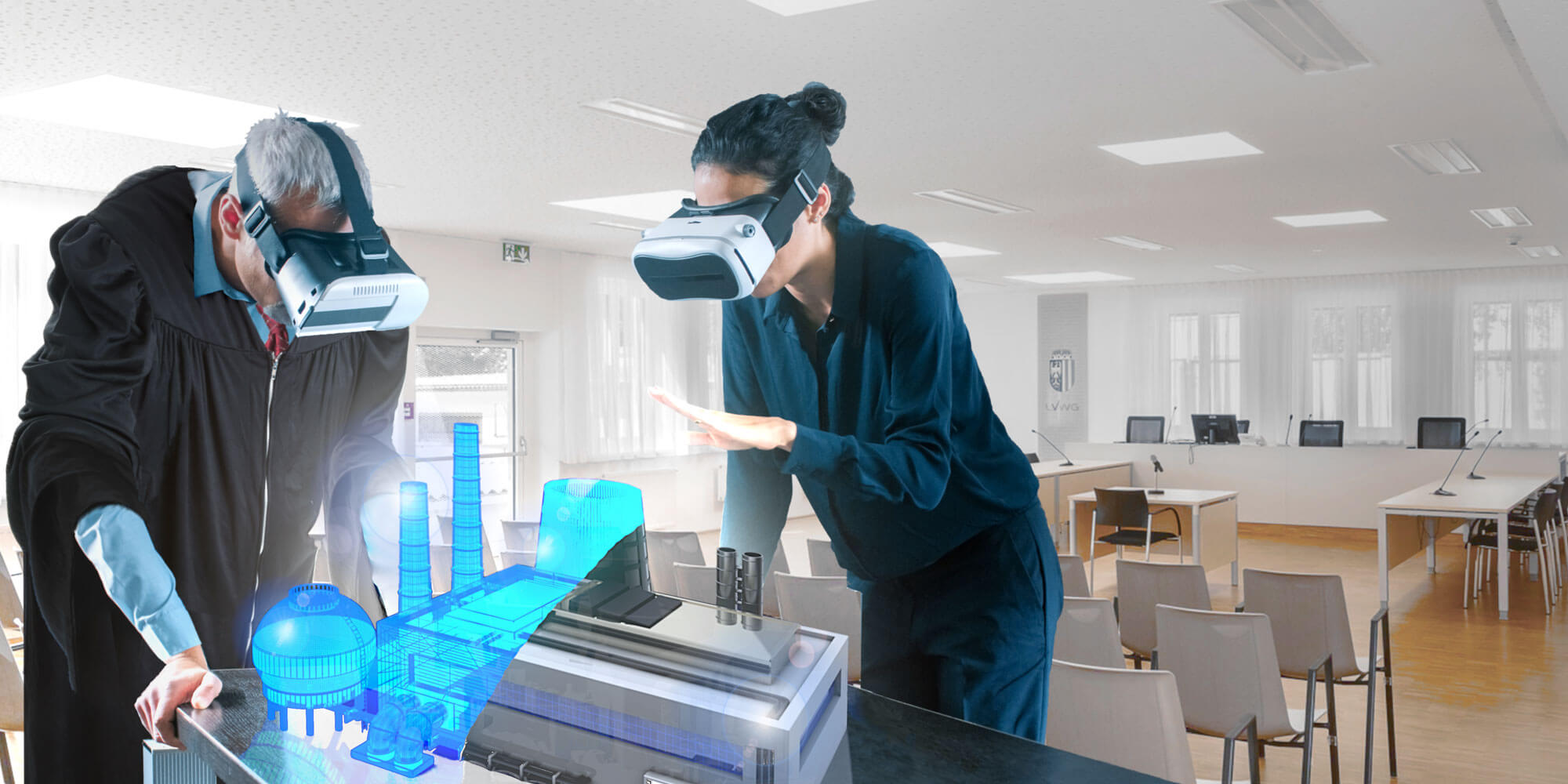

“The virtual Court. Reality.” by LIT Law Lab (AT)
The virtual courtroom could soon become a reality, according to the Law Lab of the Linz Institute of Technology (LIT). The technologies already available offer enormous potential for the rule of law. In the present, authorities and parties come together for oral proceedings. The projects themselves only know these from plans and in criminal trials, for example, photos or films of the crime scene are shown. The project “The Virtual Court. Reality.” shows the possibilities of how these hearings could be conducted in the future. Virtual reality technology makes it possible, for example, to participate without being tied to a specific location, to include digital sources, animations of project plans or the visualisation of expert forecasts or crime scenes using 360° technologies. But this is only a small sample of the options that virtual reality could implement. At the exhibition, visitors are immersed in a virtual court of the future. They find themselves as parties in a virtual courtroom and can stand up for their rights to experience the importance of new technologies for the rule of law with all their senses and at first hand.
Much more awaits you!
That was a selection of projects that can be viewed in the Theme Exhibition “Digital && Life”. Other highlights such as “Oceans in Transformation”, “Museum of edible Earth”, “Not allowed for algorithmic audiences” as well as “Made to measure” or “In Event of Moon Disaster” do equally valuable educational work around the future. The different and creative approaches of the project leaders to the core theme of “Digital && Life” are already immersing us in discussions and conversations. Whether we are prepared for the future and how we deal with it is up to each visitor to interpret. In any case, we are already looking forward to providing some food for thought through the various exhibitions and thus making a contribution to a responsible future.
You can read more about the Ars Electronica Festival on an ongoing basis here on our blog, on the website and on our social media channels – on Facebook, Instagram, Twitter and LinkedIn.
1 The European ARTificial Intelligence Lab is co-funded by the Creative Europe Programme of the European Union and the Austrian Federal Ministry for Arts, Culture, Civil Service and Sport.
2 The STARTS Prize has received funding from the European Union’s Horizon 2020 research and innovation programme under grant agreement No 956603.
